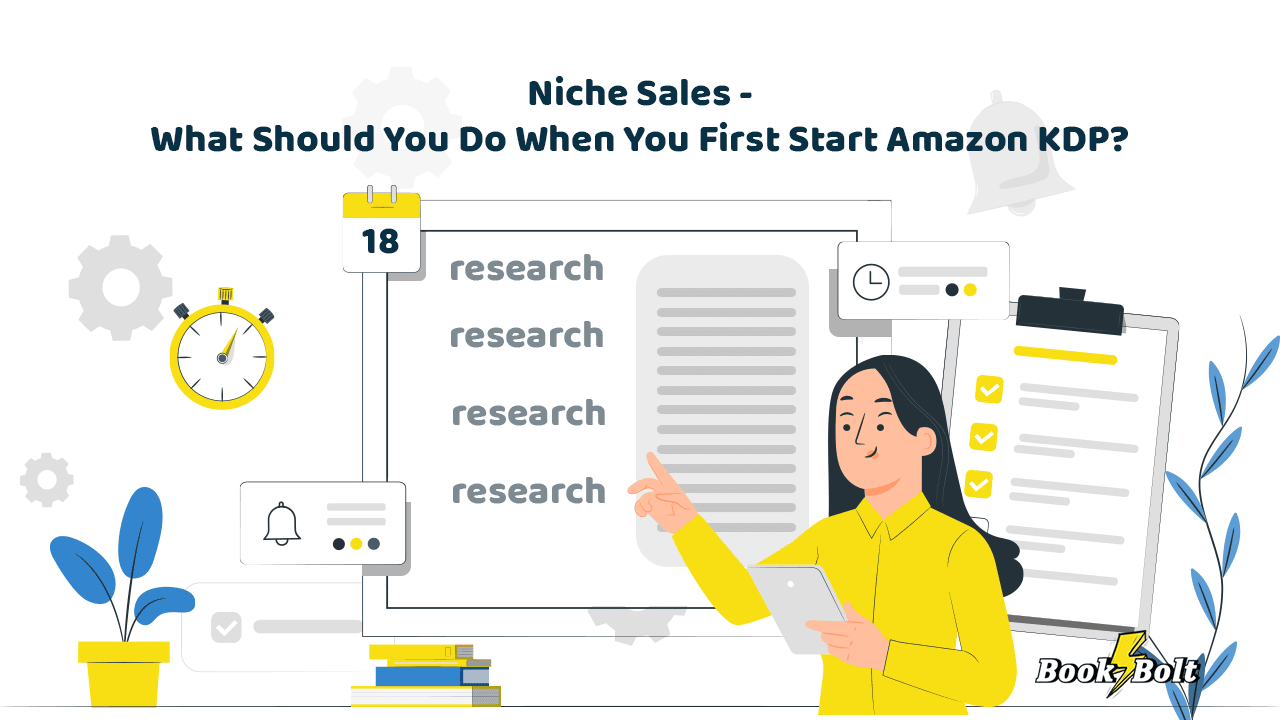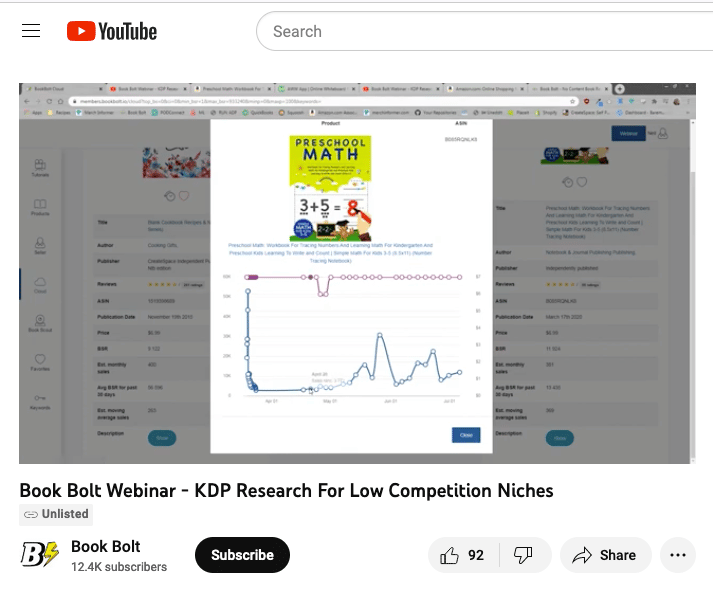
You may have heard about people earning additional money or even a full-time income by producing their own printed products and selling them on Amazon. If you’ve ever wondered what they’re on about, keep reading.
We are assuming that this will be mainly for the greenest newbie out there, and that’s OK, but even if you are a bit knowledgeable about this you might still find some pointers about the best way to proceed. We are all learning every day, and knowledge is power. So follow along with us and hopefully you will all learn something new.
Find Your Niche Through Research
Your starting point? Research the market. If you are jumping into this pool, you’ll quickly see on your way into the water that you’re not the only person there. Not by a long shot. Everyone already there, and everyone jumping in behind you, are looking to sell to all the same people you are. So what will set you apart? And what are all those buyers really looking to buy? These are things you need to know first and foremost. And since you can usually complete a full book in a day or two and publish it without spending any money up front, low-content publications are excellent at earning passive income without a lot of effort. You can learn how to do this without a website, an email list, or any particular software.
If you conduct thorough “niche” research before publishing your book you are already ahead of the game. Additionally, much as with other self-publishing methods, you won’t need any inventory because Amazon KDP (Kindle Direct Publishing) will handle everything one the item is created.
If you are also using BookBolt, you can now study along with instructive videos that cover these topics and the main one can be seen here. In this video, you will see how the process can be broken down into simple steps. But first, you have to have an idea of what you want to create. When you find your niche, you are on your way.
What’s Your Niche?
For our discussion today, let’s focus on that particular niche for you to explore. There are tons of ideas out there, but we’ll stick to something simple to demonstrate. Let’s set about making a low-content calendar for the new year. If you go to BookBolt and log into your account, your first step is to research this and see what’s out there currently and what actually sells. Certain things sell better than others for a variety of reasons, and a keen eye should be able to spot those reasons in time. For example, if you were to make a small daily planner, no one wants that to be a huge item to drag around. For what we’re making, we have the opposite issue: most people would not want a tiny calendar to put on the wall. You have to know what the people want, and with the BookBolt Research tab all the sales info is right there.
With this tool, you can also look up all the top sellers and see what trends they are following from day to day. You can see what sorts of items are the biggest sellers and compare those trends over time to see what it growing, what is seasonal, cyclical, etc. And once you get a feel for what seems profitable, apply it to your own thinking and come up with something that satisfies the most boxes in your mental checklist.
For our calendar, we need a starting point and as soon as the concept is whittled down, we can switch to the BookBolt Designer Tab and get to work. Calling this tool up, we quickly search through the various offerings until we find the one that works closets to our concept. Within this environment, we can upload our own designs for the cover and for the individual pages, or we can search through the many images and clipart standards in the Pixabay area. Here, we will find a plethora of options and embed them directly into our calendar, both on its cover and for adornments in the pages. We drag and drop and the software aligns us right on the page.
For many projects we would have to spend some time determining the number of pages (which is also something we can search for during the research stage), but for our project there are only twelve months in a given year. You can extend those a month in either direction, but our options are more constrained for this example. Which is ok, because we can spend more time determining what each page will look like. What is the theme of your calendar? What kinds of things did you see as “hot items” during your research into this? This will all determine what you do next, and what the overall look and feel of your product will have.
BookBolt Designer also gives you access to full templates that you can modify and personalize at will, so you‘re not always starting from scratch each time. A template is a great way to start your design, and how much you add to it is solely up to you. Keep your overall theme alive page after page, or in the case of this idea add full-color art or photographs to the product, something people can enjoy when displaying it.
Of course, no business is without its costs, and BookBolt is no different. But when you sign up, you can have three days free to see if it’s the right thing for you. If it is (and we’re sure you’ll love it), the “Newbie” plan is only $9.95 a month and gives you access to the things we’ve mentioned above. By using it’s intuitive layout, the Designer will have you creating in very little time. After a few trail products, you are sure to find the one that suits you and what you have learned about what is selling out there. There are many niches to explore, spend an afternoon going through the site and you’ll begin to truly see what is out there for you to create.


